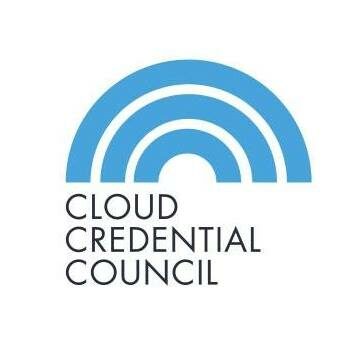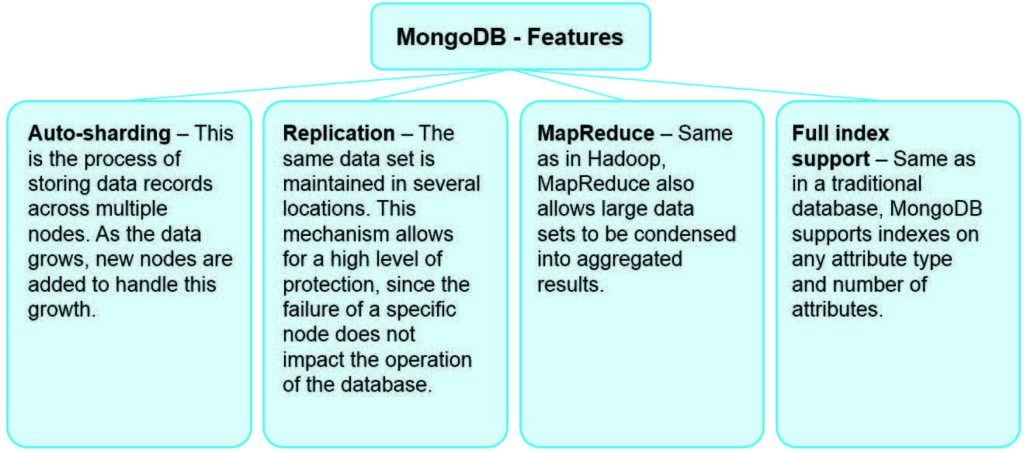Knowledge Byte: MongoDB’s Key Concepts and Use Cases

Cloud Credential Council (CCC)

Did you know the name MongoDB comes from “humongous”?
MongoDB is an open-source, document database used for large data processing tasks. It is also classified as NoSQL (Not Only SQL) database because of storage and retrieval. It uses a mechanism that is different from the relational model. MongoDB raised $150 million in funding from T.Rowe Price, salesforce.com, Altimeter Capital, and so on, taking its valuation close to $1.2 billion in October 2013. MongoDB provides its product for free and charges $5,000 per year for support when required.

MongoDB supports a number of features used in large scale data processing. Some of these are given here.
Concepts
MongoDB is a database using document-oriented storage. Under this model, data is stored in documents and documents are combined into collections.
In order to understand the document model, documents can be considered equivalent to records in a relational database and collections equivalent to tables. A collection is a group of documents. However, this is where the similarities between MongoDB and traditional databases end.
While creating a model for a database, we have often observed that, in general, records have lots of fields and some fields are not applicable and some fields are optional. Consequently, these fields are sparsely populated.
In these situations, a designer needs to predict what elements are needed and then incorporate them into the design. When new fields have to be included, the whole table design needs to be changed.
However, as we can see, this is not the case with document databases, such as MongoDB. Document databases allow designers to incorporate new data elements or types without modifying the underlying design. Consequently, they provide much greater flexibility than relational databases, in modeling real-world situations.
Use Cases
Forbes
Forbes built a new content management system (CMS) using MongoDB in 2 months. Afterward, they launched a mobile site in a month. This was done using a team of one full-time and one part-time engineer, who had not to touch MongoDB before. After the completion of the mobile site project, the traffic jumped overnight from 5% to 15% of total Forbes.com traffic and then grew to 50% (Source).
eHarmony
eHarmony migrated its Compatibility Matching System® from a traditional RDBMS to MongoDB. Before this migration, with 51+ million users, eHarmony used to take more than 2 weeks for the matching algorithm to run. After migrating to MongoDB, this time has been reduced by over 95%, which is less than 12 hours. As a result, eHarmony witnessed a 50% increase in paid subscribers after moving from RDBMS to MongoDB (Source).
Courses to help you get
results with Big Data
Sorry, we couldn't find any posts. Please try a different search.
Never miss an interesting article
Get our latest news, tutorials, guides, tips & deals delivered to your inbox.
Keep learning



